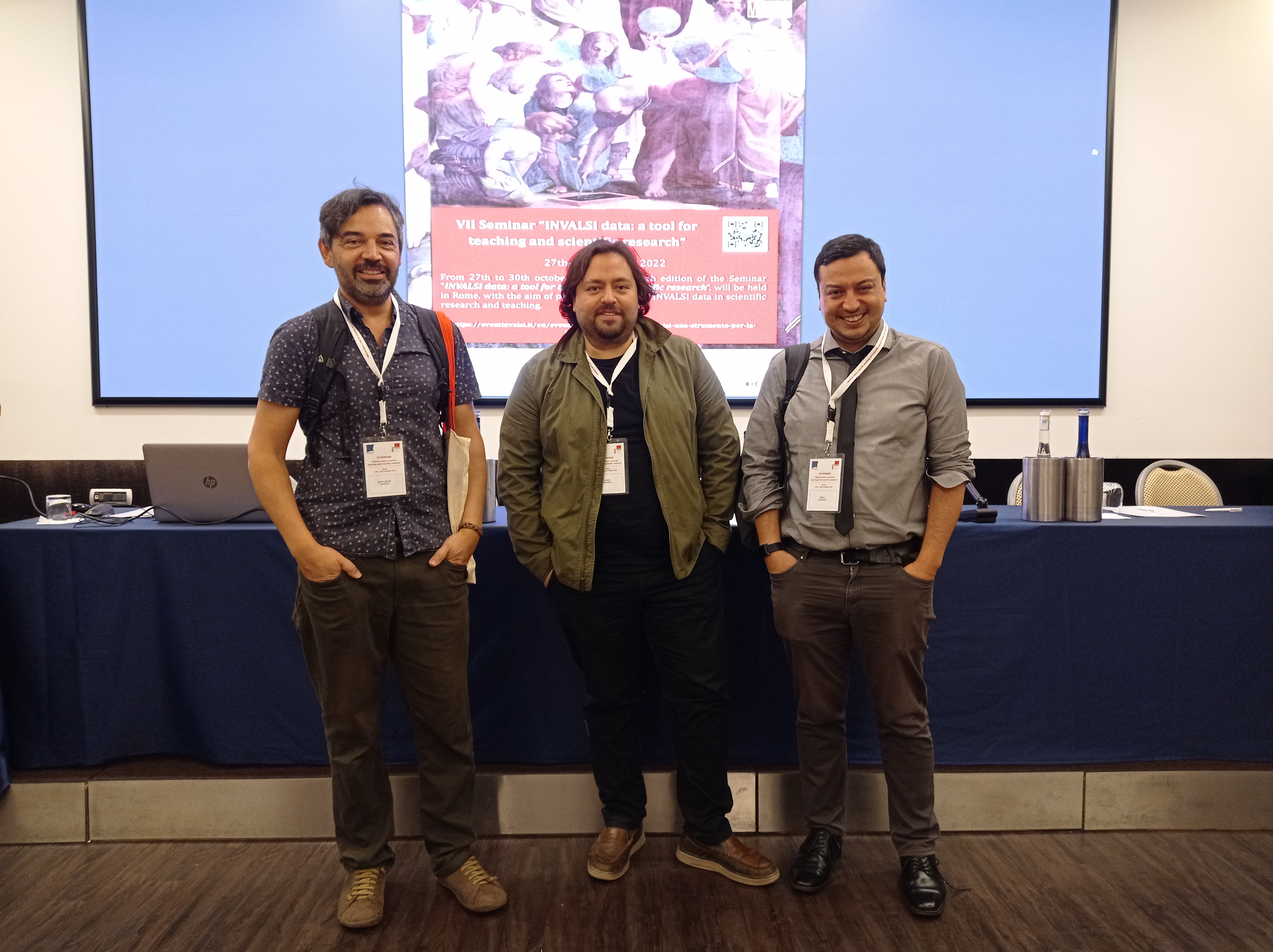Abstract
In recent decades there has been a relevant increase in social mobilizations against governments (Brannen et al., 2020), questioning the legitimacy of democracy as a form of government (Della Porta, 2013; Dalton, 2015). Young people have played a significant role in these mobilizations, being the main actors in the various forms of political action observed, from traditional peaceful marches to more radical forms such as taking over buildings, blocking traffic or scratching walls with protest slogans. The literature shows that the various forms of participation show important gaps, being the most relevant socioeconomic conditions (Brady et al., 1995, 2015; Castillo et al., 2015) and gender (Martinez & Cumsille, 2010; Cicognani et al., 2012). However, the studies have focused on traditional forms of participation, leaving less coverage of the gaps in more radical forms of involvement. Some recent studies show that the socioeconomic conditions of origin (Hoskins & Janmaat, 2019; Sánchez & Miranda, in press) and gender (Schulz, 2019) play an important role in understanding the willingness to engage in these more radical forms of political action. In addition, there are significant differences across countries in this regard (Tapia et al., 2021). This study aims, first, to assess socioeconomic and gender gaps regarding adolescents' willingness to participate in disruptive forms of political actions. To this end is proposed to analyze the willingness of adolescents to participate in various forms of radical political participation, comparing the differences between countries and over time, using the three large-scale civic and citizenship education studies developed by the IEA: CIVED 1999, ICCS 2009 and ICCS 2016. Additionally, it is proposed to evaluate the role of inequality conditions (measured as Gini index) to explain the differences in the dispositions of these forms of political action among countries. A large number of countries participated in each of the aforementioned studies: 28 in CVIED 1999, 38 in ICCS 2009 and 24 in ICCS 2016, achieving a sample of more than 400,000 students considering all time point measures. It is expected to use the hole sample and countries. Regarding the variables to be analyzed, they correspond to three comparable items that evaluate the willingness of students to participate in protest activities such as scratching walls, blocking traffic or participating in the occupation of a building. For the analysis, the responses were coded to that those students who respond I will or probably or I will do it for sure are coded as 1 and those who respond I will not do it or probably will not do it for sure are coded as 0. Thus, it is possible to estimate the rate of willingness to participate in disruptive political actions. To evaluate those factors associated with disposition, some variables that are comparable between studies are used. First, the sex declared by the student is considered. Second, the educational level of the family is used. For simplicity, a dummy variable considers parents with a university education as 1 and parents with a lower educational level as 0. Additionally, the Gini index of each country was retrieved from the Standadized World Income Inequality Database (https://fsolt.org/swiid/), considering the year corresponding to the study: 1999, 2009 or 2016, respectively). Regarding the statistical modelling, a series of descriptive strategies were used to allow, in the first place, to estimate the rate of willingness to participate in each form of action in each country and year of the study. This estimattion consider the study’s sampling complex design, taking into account the sample weights, stratification and primary sampling units (schools). Employing graphical tools, shows the variations among countries, types of participation and variations over 60 time. A series of multilevel logistic models estimates the effect of the predictor variables. With this technique, evaluates the gender and socioeconomic gaps, considering whether these gaps work as a fixed or random effect across countries. In addition, a set of cross-level interactions evaluates the effect of the context of inequality at the national level on the average levels and on the mentioned gaps. The preliminary results shows interesting insights about the willingness of young people to participate in disruptive or blatantly illegal activities. First, of the forms of political action evaluated, it is systematic that scratching walls have a higher disposition rate than blocking traffic. At the same time, young people are more willing to block traffic than to take over a building, which may be linked to the degree of disruptiveness or how easy it is to carry out said political action. This occurs in all the countries and the three years analyzed, with very few exceptions. It seems that different forms of political action have different meanings for students. Additionally, it is interesting that in some countries students tend to maintain their levels of disposition and in others increase relevantly, showing that differences are not only in levels but in trends as well. Second, girls consistently show a lower willingness to engage in disruptive political action than boys. This occurs in CIVED1999, ICCSS2009 and ICCS2016. Third, those students from families with university education show a lower willingness to participate in disruptive actions than young people from families with higher educational levels, showing a relevant difference from previous evidence about socioeconomic gaps in youth political participation. Fourth, regarding the relationship of this type of protest with the conditions of inequality, the result shows that students in countries with higher levels of inequality (measured with the Gini index) declare a greater willingness to protest disruptively. This result occurs in 2019 and 2016, but not in 1999. The results generated will be discussed in light of temporal and between-country variations. In addition, the gender and socioeconomic gaps observed, and their possible variations between countries will be discussed. Finally, the role of the conditions of inequality will be discussed to understand the changes in the relationship of the new generations with politics.

En la conferencia, junto a Daniel Miranda y Diego Carrasco
Video de la presentación
Documento de presentación
(F para pantalla completa)